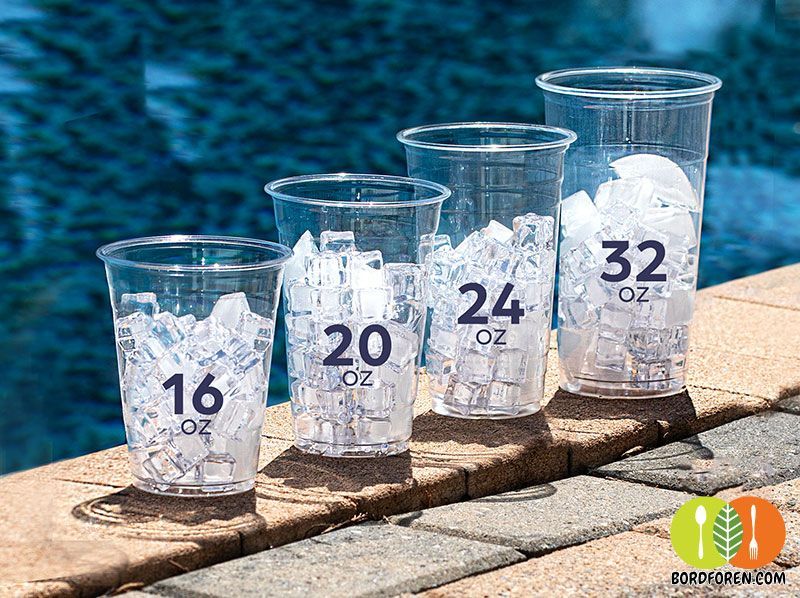It’s the holidays and the extended family is staying at your place. You brew a full pot in your brand new How Many Cups In 32 Oz Cuisinart. Relatives jockey for their morning joe, but only the first five in line get their fill. The pot is empty. Urgh! You knew you’d have a houseful — that’s why you bought the large brewer. What went wrong?
Coffee maker cup sizes are not standardized. The number of ounces that make up a “cup” varies by manufacturer. The same company can even have models that differ amongst themselves.
For example, in a Bodum 3-cup French press, a “cup” measures 4 oz. But if you are using the 8-cup Bodum French press, a “cup” comes in at 4.25 oz. But wait! Bodum also makes vacuum brewers and a “cup” in one of those is around 5.7 oz. Confused yet?
Experts even disagree when trying to name the most commonly used cup measurement. Votes are split between 4 oz., 5 oz., and 6 oz.
To complicate things even further, coffee brewing instructions frequently tell you how much ground coffee to add for every 6 ounces of water. You’ll see this metric on the back of a can of Maxwell House as well as published by coffee authorities such as the National Coffee Association of U.S.A., Inc. Further proof of the lack of standardization.
Metric Conversion
So what’s up with the folks at Zojirushi? Did they sit down and decide that a cup of coffee should be 5.1 oz (5.0721, to be exact)?
Coffee brewers designed and marketed outside of the US frequently start out with metric measurements. The brewer capacity will be in liters, and the corresponding number of cups will be a nice round figure in milliliters.
When these brewers are sold in the U.S., the cup capacity remains the same, but the milliliters are converted to ounces – and frequently end up as fractional ounces. Which look weird.
Zojirushi is a Japanese housewares company. Their 10-cup Fresh Brew thermal coffee maker has a capacity of 1.5 liters. That comes to 150 ml per cup. But when we convert the Fresh Brew to ounces, the 1.5 liters becomes a total capacity of 50.721 ounces – or 5.721 ounces per cup. Still weird — but understandable.
Supersize It
Another thing to consider when realizing that your 12-cup brewer serves less than six people, is the tendency of Americans to supersize. We love our SUVs and our Big Gulps. Coffee is no exception, as evidenced by the recently introduced “Trenta” size at Starbucks. The Trenta holds a whopping 31 oz, a full 11 oz more than Starbuck’s already-huge “Venti” size.
“Bigger” is a trend in our society, and it skews our expectations. Instinctively, we want a “cup” of coffee to fill up our favorite ceramic mug or our insulated travel mug. And those everyday items are BIG.
Our household coffee makers have not adjusted to these expectations. Cup volume is more in line with historically smaller serving sizes and in line with a global perspective. (You won’t find a Trenta-sized anything in a traditional European coffee house.)
